Gimmicks In Gaming: Features That Have Come And Gone
With every console generation, manufacturers include features that set themselves apart from the competition. And there have been many of these across the multiple generations of video game consoles.
Unfortunately, while some of these features live on in generations after their introduction, the vast majority of them did not. No doubt some of them went away for the better, but there are a number of them that are sorely missed. Today, we’ll be looking at some of these gimmicks in video game hardware that have come and gone.
This list will be in no particular order, and some gimmicks may involve more than one piece of hardware. Don’t feel surprised if you see Nintendo making the list often, as the company does have the most gimmicky hardware to date.
GameCube – Game Boy Advance Link Cable
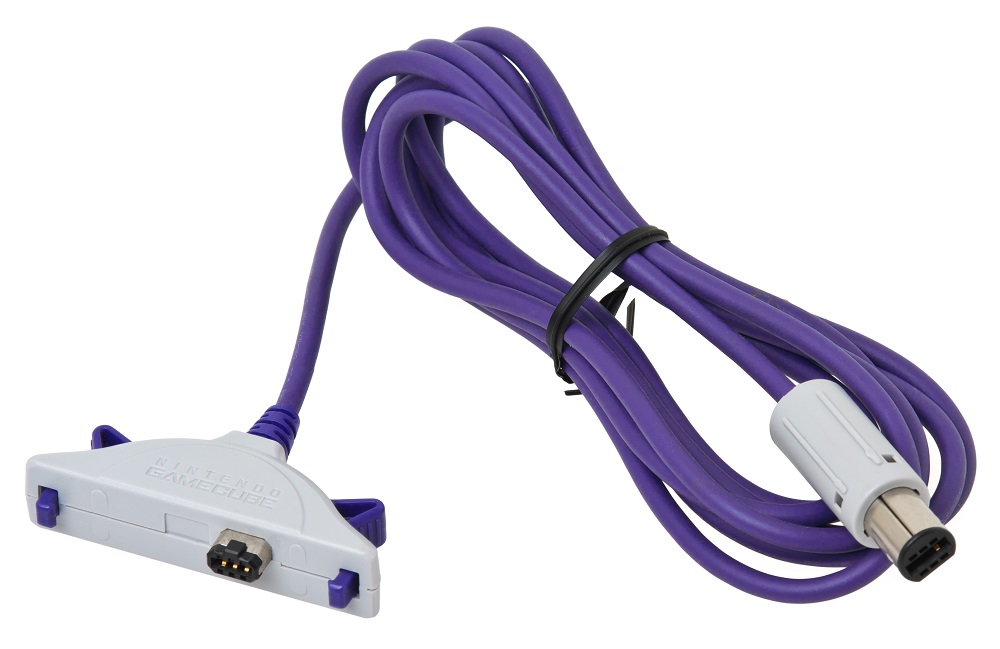
Anyone who remembers playing the original third generation of Pokémon games will remember some features that require this. Not only did this allow for your collection of monsters to be transferred between the Game Boy Advance games and the GameCube titles, the latter is also home for some special versions of Pokémon that could be transferred to the former. For example, the only way to get a Lugia with Psycho Boost in Pokémon Ruby, Sapphire, Emerald, Fire Red and Leaf Green was to transfer a Lugia from Pokémon XD.
Unfortunately, the idea of unique creatures or creatures with special moves live on today. And there’s no better way to see it than the interaction between Niantic’s Pokémon Go and the current generation of games on the Nintendo Switch. On the bright side, the need for a specialised cable is gone, with the advent of wireless tech.
DualShock 2 Pressure Sensitive Buttons
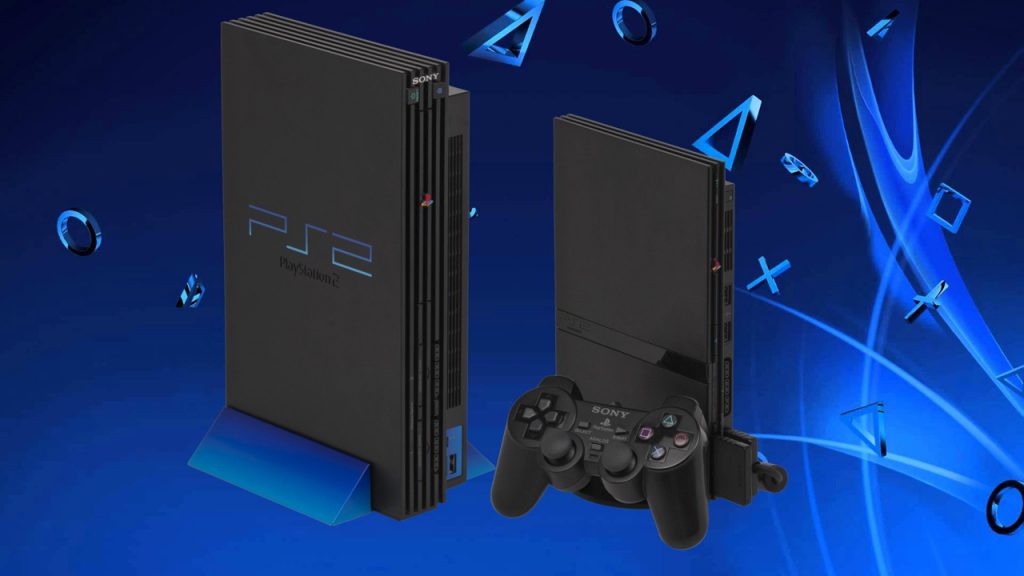
One of the things that made the PlayStation 2 so special was the DualShock 2 controllers. It is essentially the same as the first generation DualShock controller, but with one significant difference – pressure sensitive buttons. It was a unique feature that a number of games made use of, most notably Metal Gear Solid 3. The feature made a return on the DualShock 3 for the PlayStation 3 as well.
Unfortunately, the feature was dropped almost completely for the DualShock 4, save for the trigger buttons L2 and R2. This is likely because not that many game devs made use of the feature in their titles, which Sony Interactive Entertainment took as a sign it won’t be missed.
Though it’s nice to see the remnants of this feature evolving, as its implementation on the DualSense suggests. From mere pressure sensitive inputs to adaptive triggers that increase in resistance in accordance with in-game contexts. But still, it would be nice to see other buttons get access to pressure sensitive buttons returned to them.
Nintendo DS, 3DS, 2DS
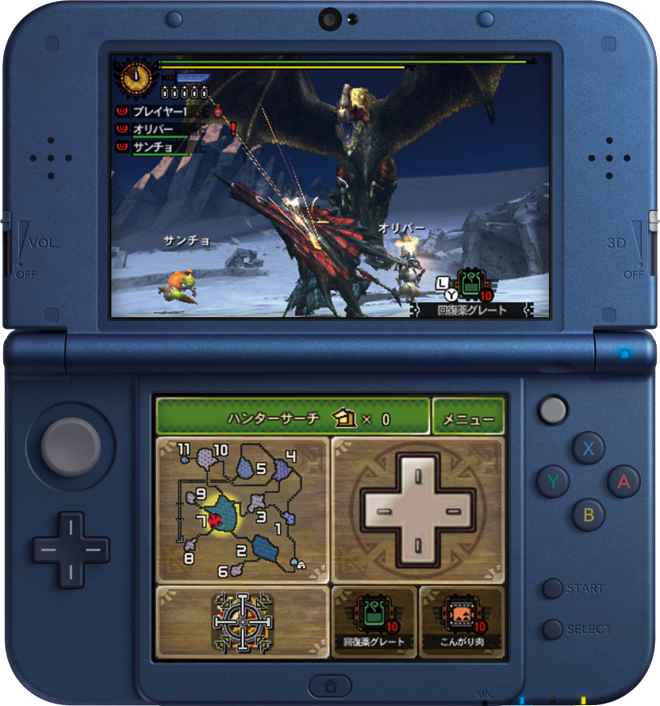
The Nintendo DS and its subsequent successors share pretty much the same gimmick. That doesn’t stop some successive variants to introduce their own, to varying degrees of success.
The first DS introduced the idea of having a main screen and a touch screen, something that every subsequent variant has. But with the introduction of the Switch, it looks like the idea has been put to rest alongside the DS line of hardware.
Then came the Nintendo 3DS, which introduced the idea of a portable 3D experience without specialised glasses. Following it is the New 3DS which improved on the 3D implementation and had an extra analogue nub called the C-stick, as well as overall improved performance. But despite the improvement, the 3D implementation was flawed, consumed more battery than necessary, and overall wasn’t used much. It’s not hard to see why it wasn’t carried forward to the Switch when it came about.
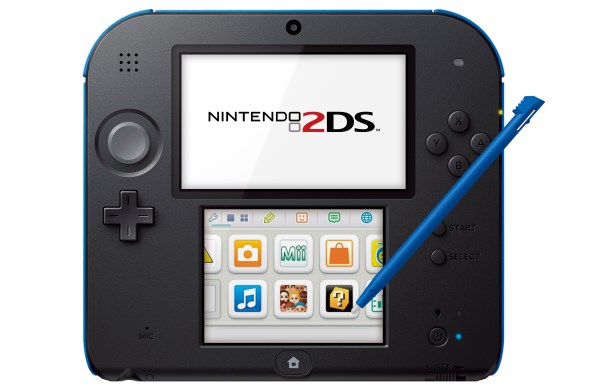
Then there’s the 2DS, which was supposed to be the 3DS but without the 3D. And its first iteration was an abomination that not only looked ghastly, but it also didn’t have the tiny footprint of the 3DS. This was fortunately resolved with the New 2DS, which came with the other improvements that the New 3DS got.
PlayStation Vita Rear Touch Panel
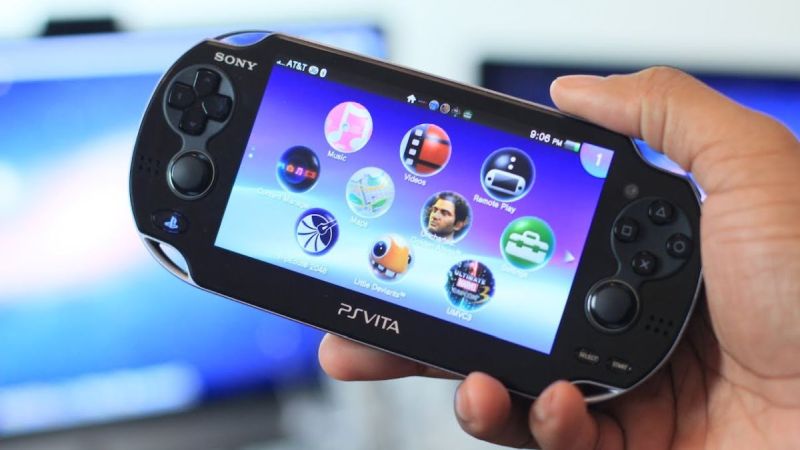
The PlayStation Vita is a tragedy that few care about. But it did introduce a gimmick that was interesting, and is possibly the precursor to the touchpad that we have on the DualShock 4. And that is the backplate which also served as a secondary touch input.
One thing that the two had in common is that it’s an imprecise input method. For the most of the DualShock 4’s implementation of the touch pad, it’s used for just that. You either swipe up, down, left or right on the pad, or you press down on the left or right half. There are instances where you can use it for more precise uses, like brush strokes in Okami Remastered, but these are rare.
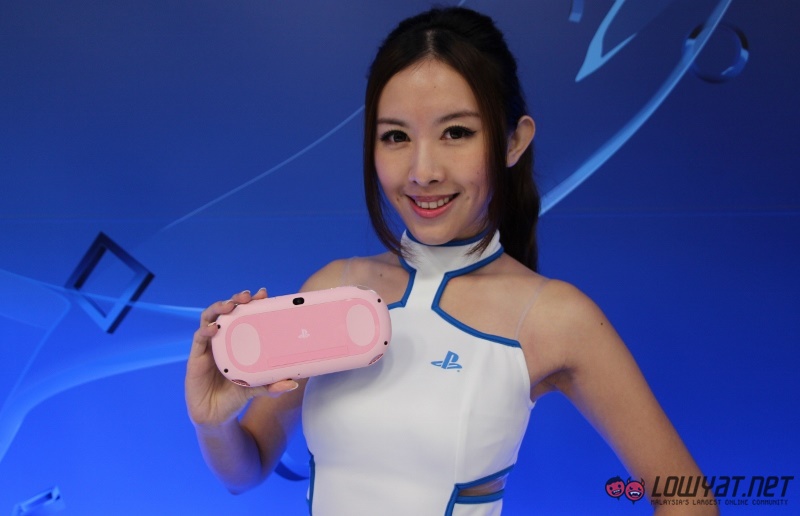
In contrast to that, the use of the PlayStation Vita’s rear touch pad was more used for precision inputs, if ever. Examples include the whole Little Big Planet series. And this may be one of the mistakes that led to the demise of the PlayStation handheld.
In a sense, this gimmick is not entirely gone, as it still arguably lives on via the DualShock 4. But for touch panels sitting at the back of handhelds, it’s effectively a gimmick that has indeed come and gone.
Nintendo Wii Remote
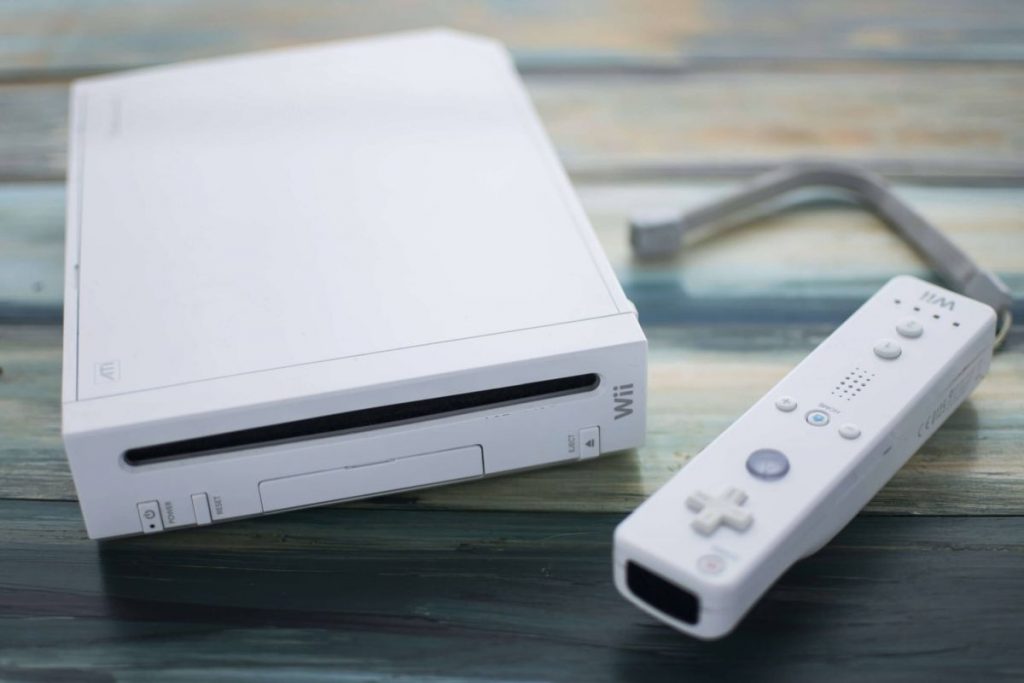
While technically you can argue the Switch Joy-Cons still carry on its features, the Wiimote is also effectively gone. It was a novel idea, but as a controller it had issues. Mostly due to its form factor.
While used for the gimmicky motion games available on the Nintendo Wii, it works fine. But for every other game, it is lacking a lot of things – from face buttons to analogue sticks. So you’ll find issues with it unless you don’t play traditional games and are only into motion-controlled games.
Proprietary Memory Cards
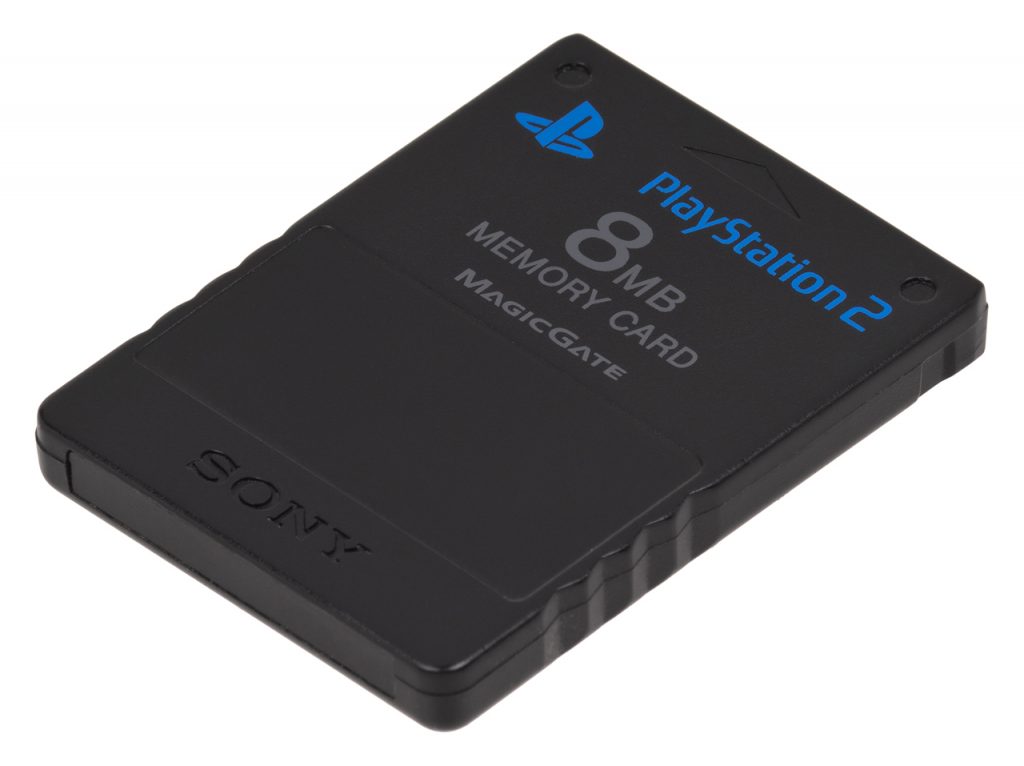
There’s a lot of bittersweet memories to be had with this one. On one hand, there’s a lot of nostalgia to be had with the old PS1 and PS2 memory cards. But on the other, proprietary memory cards are unnecessarily expensive, and you can’t use them anywhere else.
These were prominent back in the day where storage tech was not as good as it is today. Fortunately, with consoles having internal storage measured in the hundreds of gigabytes, and handhelds using the more universal SD standards, these are mostly a thing of the past.
The Nintendo Switch and the upcoming PS5 also has some gimmicky features – from the previously mentioned Joy-Cons to the DualSense’s adaptive triggers. But will these be gimmicks that go away after a single showing, or will they be returning for future entries? We’ll just have to wait until the next console generation to find out.
(Image: Wikipedia)
The post Gimmicks In Gaming: Features That Have Come And Gone appeared first on Lowyat.NET.
from Lowyat.NET https://ift.tt/31OsYdB
Labels: Lowyat
0 Comments:
Post a Comment
Subscribe to Post Comments [Atom]
<< Home